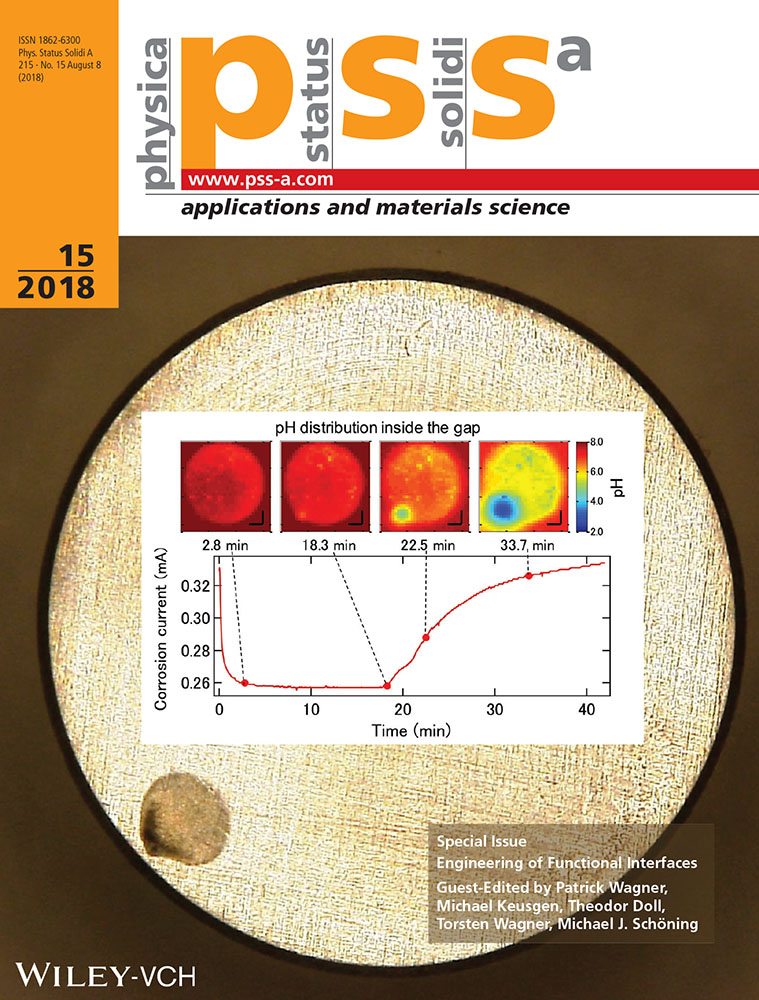Determination of the Amount of Carbohydrates Adsorbed on Solid Substrates
Abstract
Carbohydrates, for example in form of polysaccharides such as dextran are essential components of all living organisms and are involved in cell and bacterial adhesion. The latter can lead to biofilms which may either cause diseases or are beneficial in biofilm reactors. To utilize effects of bound carbohydrates it is required to know under which conditions they bind to solid surfaces such as dental materials or biofilm reactor walls. For this purpose one interesting question is to which amount the polysaccharides bind to the surface under a predefined condition. However, the quantification of bound carbohydrates is very difficult. A well-known method to quantify carbohydrates in solution is the phenol-sulfuric acid (PSA) assay. Here, this method is adapted for bound carbohydrates. This modified PSA assay delivers reproducible results and does only need a small amount of reagents and carbohydrates. In the case of dextran bound on titanium as biomaterial it delivers the expected results, that is that higher concentrations lead to a higher adsorbed amount.
Conflict of Interest
The authors declare no conflict of interest.




